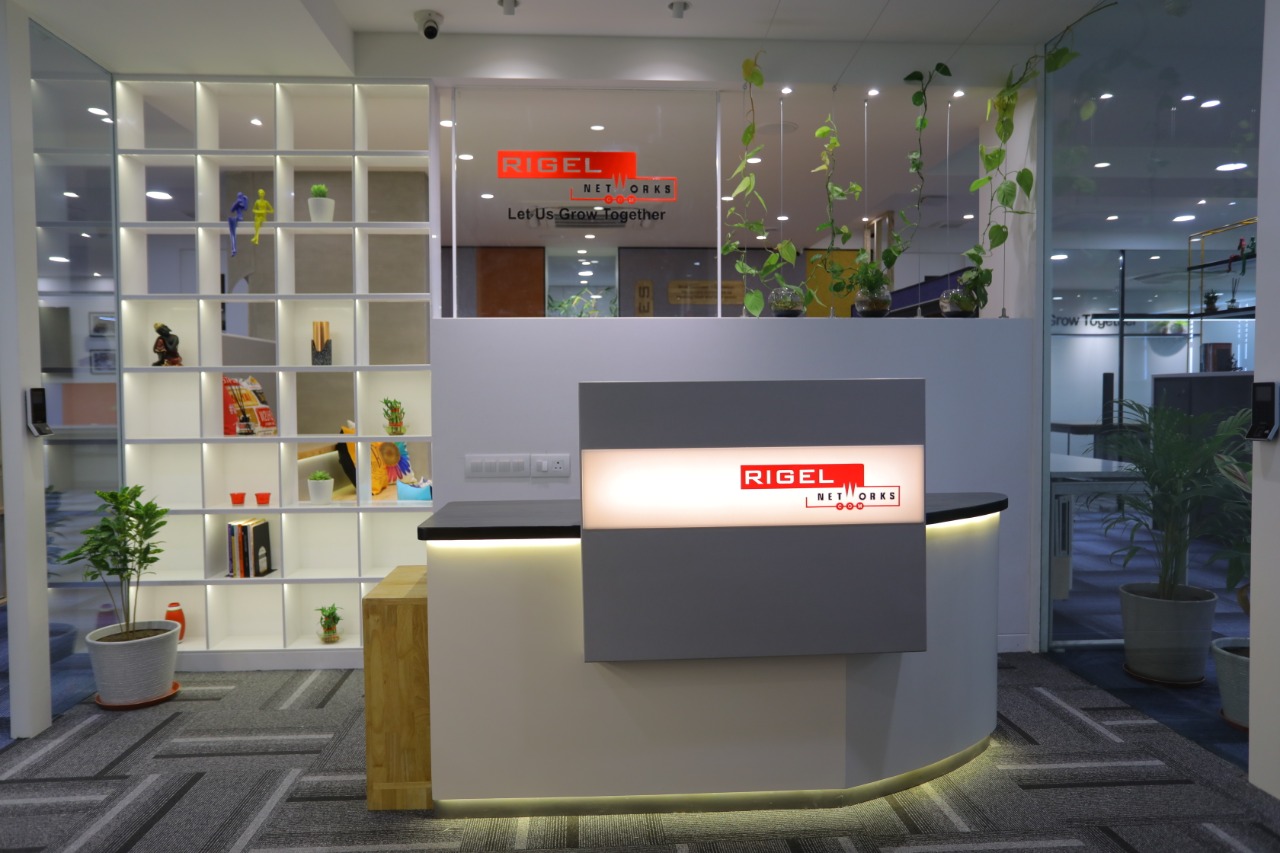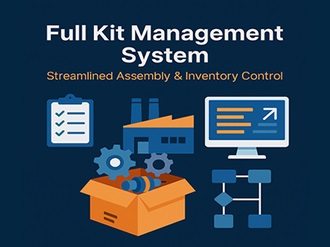In complex engineering and fabrication projects, managing thousands of components across multiple assemblies, workstations, and suppliers is a constant challenge. Fragmented material handling often leads to delayed assembly, missed deadlines, excessive rework, and resource wastage. Traditional paper-based or semi-digital systems fail to deliver real-time visibility and synchronization between production, stores, and procurement.
Our Full Kit Management System revolutionizes this process by digitizing every stage of material kit handling — from kit creation and structuring to serialized inventory tracking and real-time dispatch planning. With structured workflows, role-based operations, and deep integration to existing ERP systems, the solution ensures that every kit is delivered complete, compliant, and on time, enabling predictable, lean, and scalable operations in heavy engineering environments.
Key Use Cases & Capabilities
1. Kit Structuring by Department & Function
-
-
Organize kits into logical parent-child assemblies according to production stages and shop departments.
-
Enables structured allocation of kits aligned with the shop floor execution plan.
-
Benefits:
-
-
Clear ownership at department level.
-
Avoids duplication and misallocation.
-
Simplifies cross-departmental coordination.
-
2. Serialized Inventory Control
-
-
Assign serial numbers and batch codes to individual components, sub-assemblies, and full kits.
-
Real-time tracking throughout stores, WIP, and final dispatch.
-
Benefits:
-
-
Full traceability for compliance and audits.
-
Reduces scrap and ensures proper rework handling.
-
Mitigates material loss across supply chain.
-
3. Dynamic Kit Readiness Status
-
-
Continuously monitors material availability against BOM and WIP plans.
-
Auto-updates kit readiness dashboard based on store receipts and consumption.
-
Benefits:
-
-
Enables real-time decision making.
-
Avoids last-minute kit shortages.
-
Supports efficient line balancing.
-
4. Automated Hold & Release Mechanism
-
-
Apply digital hold tags for incomplete or defective kits.
-
Release kits only after corrective action confirmation.
-
Benefits:
-
-
Enforces quality gates.
-
Avoids defective components reaching assembly line.
-
Increases First Time Right (FTR) percentages.
-
5. Dispatch & Assembly Line Synchronization
-
-
Auto-trigger dispatch schedules based on production orders.
-
Integrates kit readiness with assembly line sequencing.
-
Benefits:
-
-
Eliminates idle time.
-
Ensures optimal resource utilization.
-
Supports Just-in-Time (JIT) operations.
-
6. Supplier Collaboration Portal
-
-
Enables vendors to update component readiness, shipment status, and documentation.
-
Supports ASN (Advance Shipment Notice) processes.
-
Benefits:
-
-
Improves supplier alignment.
-
Reduces last-mile delays.
-
Enhances transparency across supply chain.
-
Role-Based Access & Interfaces
Role |
Key Actions & Interface |
|---|---|
| Production Manager | Review kit readiness, approve dispatch, monitor shortages |
| Storekeeper | Update receipts, manage serializations, issue materials |
| Quality Engineer | Apply quality holds, review NCR closures, approve release |
| Admin | Configure user roles, set workflows, define access permissions |
Before vs After – Problem Solving Matrix
Old Problem |
New Digital Solution |
|---|---|
| Paper-based component tracking | Serialized kit records with live status updates |
| Frequent delays due to partial kits | Dynamic kit readiness dashboards |
| Material shortages discovered at last minute | Proactive alerts & supplier collaboration |
| Lack of kit structuring for shop processes | Department-wise parent-child kit hierarchies |
| Compliance issues in audits | Digital traceability and complete transaction logs |
Analytics & Dashboards
-
-
Real-time Kit Readiness Reports
-
Inventory Aging by Component Type
-
Departmental Material Consumption
-
Supplier Performance Metrics
-
Rework vs Scrap Trends
-
Delay Patterns in Kit Availability
-
Use Case Impact – Real Industry Examples
Heavy Equipment Manufacturer:
Achieved 25% improvement in assembly cycle time after enabling real-time kit status and dispatch synchronization.
Fabrication Yard:
Reduced component rework by 40% through serialized inventory management, improving audit traceability.
Energy Sector EPC Firm:
Lowered procurement delays by 30% via integrated supplier collaboration portal with ASN support.
Why Choose This Solution?
-
-
Purpose-built for heavy industrial and complex engineering workflows.
-
Deep ERP, MES, and procurement system integration.
-
Simplifies large-scale BOM handling and multi-department coordination.
-
Real-time inventory visibility across complete supply chain.
-
Supports industry standards like ASME, AWS, ISO, and fabrication-specific compliance.
-
Scalable for multi-location operations with centralized visibility.
-
Get Started
Looking to streamline material kitting, inventory management, and assembly synchronization in your engineering projects?
Click here to schedule a demo









